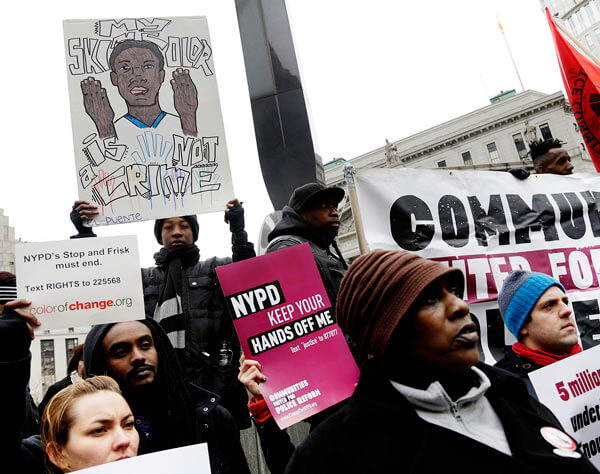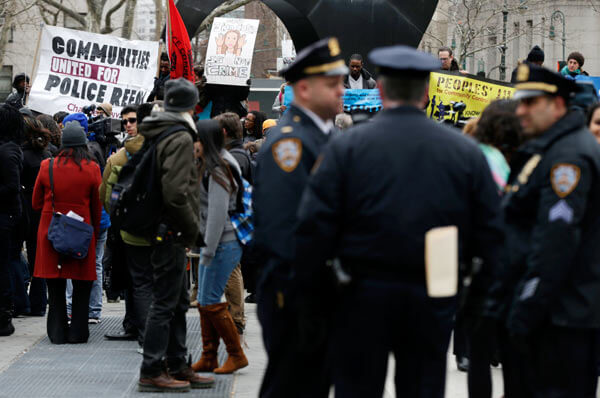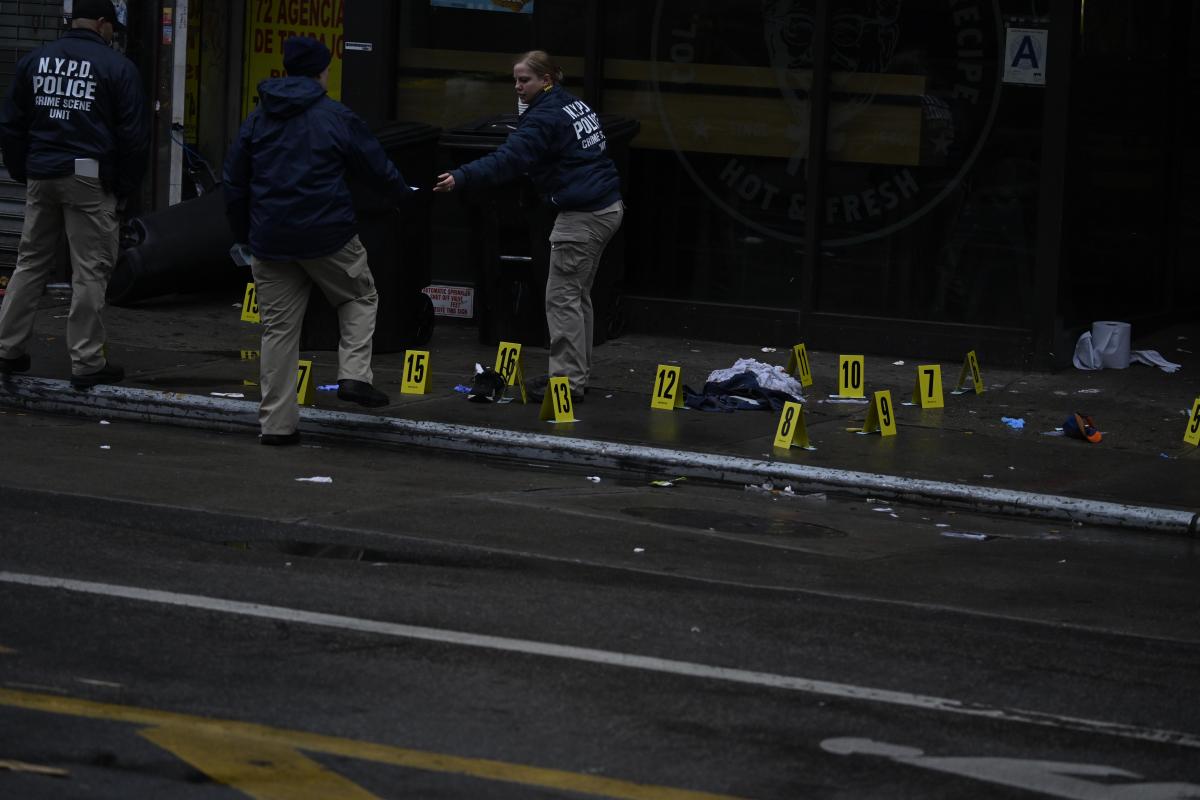By Rich Bockmann
The day after the broadest challenge yet to the NYPD’s controversial stop-and-frisk practices kicked off in a Manhattan federal courtroom, City Council Speaker Christine Quinn (D-Manhattan) announced she was in favor of appointing an independent monitor to oversee the department.
“We have reached [a] broad agreement on the inspector general legislation, which will enhance the effectiveness of the department, and at the same time will increase the public’s confidence in the police force, building stronger police-community relations,” Quinn said. “While this is a strong and important step forward, we are also moving forward in a constructive fashion with the Community Safety Act, including a measure to stop racial profiling.”
Quinn is the presumed frontrunner in a crowded field of Democrats hoping to be the next mayor.
Among other proposals, the act includes a provision that would create an office of the inspector general with subpoena power over the NYPD.
It was introduced last summer amid a strong backlash to the department’s practices in minority neighborhoods, such as Jamaica and Jackson Heights, which have had some of the highest rates of stop-and-frisk across the city.
“The NYPD has laid siege to black and Latino neighborhoods,” said Darius Charney, an attorney with the Center for Constitutional Rights, at the opening of a trial in Manhattan federal court on a class-action lawsuit against the NYPD. “This is not just a minor inconvenience, but a frightening and degrading experience.”
Federal Judge Shira Scheindlin, who is already overseeing two other cases presenting more narrow challenges to stop-and-frisk, Monday presided at the beginning of a trial expected to go on for weeks.
The center brought a lawsuit against the city claiming the NYPD violates the Fourth Amendment’s protection against unwarranted searches and the Fourteenth Amendment’s equal protection clause by directing officers — even if only with a wink and a nod — to systematically stop minorities, regardless of warranted cause.
In addition to the testimony of a woman who encountered police in Woodside, the CCR attorneys plan to rely heavily on statistical data and analysis of NYPD documentations of stops, which may prove to be the case’s big sticking point.
Legal precedent dictates that an officer must be able to articulate a reasonable suspicion — beyond a hunch — that someone will commit a crime in order for a stop to be constitutional.
Officers document their stops several ways, including daily logs and forms known as UF-250s. The CCR attorneys plan to call Columbia University Law Professor Jeffrey Fagan to testify that his analysis of the UF-250 forms show that police consistently listed either “high crime area” or “furtive movement” as reasons for stops when such conditions either did not exist, or were not articulated.
Fagan’s analysis of the forms shows that blacks and Latinos made up 85 percent of stops since 2005, but accounted for only 50 percent of the city’s population, the CCR said.
The city’s lawyers, on the other hand, argue Fagan should use the racial description of crime suspects rather than the population as his benchmark.
City attorney Heidi Grossman said that while blacks and Latinos made up 87 percent of stops during 2011, they also were responsible for 80 percent of criminal descriptions.
“Crime drives where police officers go, not race,” she said, explaining that with the implementation of the CompStat crime-tracking software in 1994 the department began employing its recourses proactively to “hot-spot crime areas.”
The plaintiffs are looking for an independent monitor to oversee new reforms implemented at the NYPD. Grossman said the department already has plenty of checks and balances and said the proposal was “designed to fix a problem that does not exist.”
Reach reporter Rich Bockmann by e-mail at rbockmann@cnglocal.com or by phone at 718-260-4574.
































